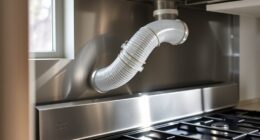
As someone who owns a wood stove, I’ve noticed a number of concerning cracks developing on my stove lately.
It got me wondering – why is my wood stove cracking?
Well, fear not fellow stove enthusiasts, because I’ve done some research to shed light on this issue.
In this article, we’ll explore the common causes of wood stove cracking, the effects of overfiring, the importance of proper installation, and some tips to prevent those pesky cracks.

Get ready to stoke your knowledge and keep your stove crack-free!
Key Takeaways
- Improper installation, excessive heat, metal expansion and contraction, lack of regular inspection, and delayed repair of cracks are common causes of wood stove cracking.
- High temperatures cause metal expansion, while cooling down causes metal contraction, leading to stress on the stove. Proper insulation can help reduce heat transfer and extend the stove’s lifespan.
- Overfiring, operating the stove above recommended temperatures, can result in multiple cracks on the stove’s exterior, smoke leakage, and reduced performance.
- Proper wood stove installation is essential for safety and efficiency, including correct positioning and venting to prevent smoke and harmful gas leaks. Regular maintenance and using seasoned hardwoods for efficient burning are also important.
Common Causes of Wood Stove Cracking
I have been researching the common causes of wood stove cracking, and it seems that improper installation and excessive heat are the main culprits.
When it comes to wood stove maintenance, a proper installation is crucial to prevent cracks. The stove should be installed according to the manufacturer’s guidelines, ensuring that the stovepipe is properly connected and the stove is level and stable.
Additionally, excessive heat can cause the metal to expand and contract, leading to cracks over time. It’s important to regulate the temperature and not overload the stove with excessive fuel.
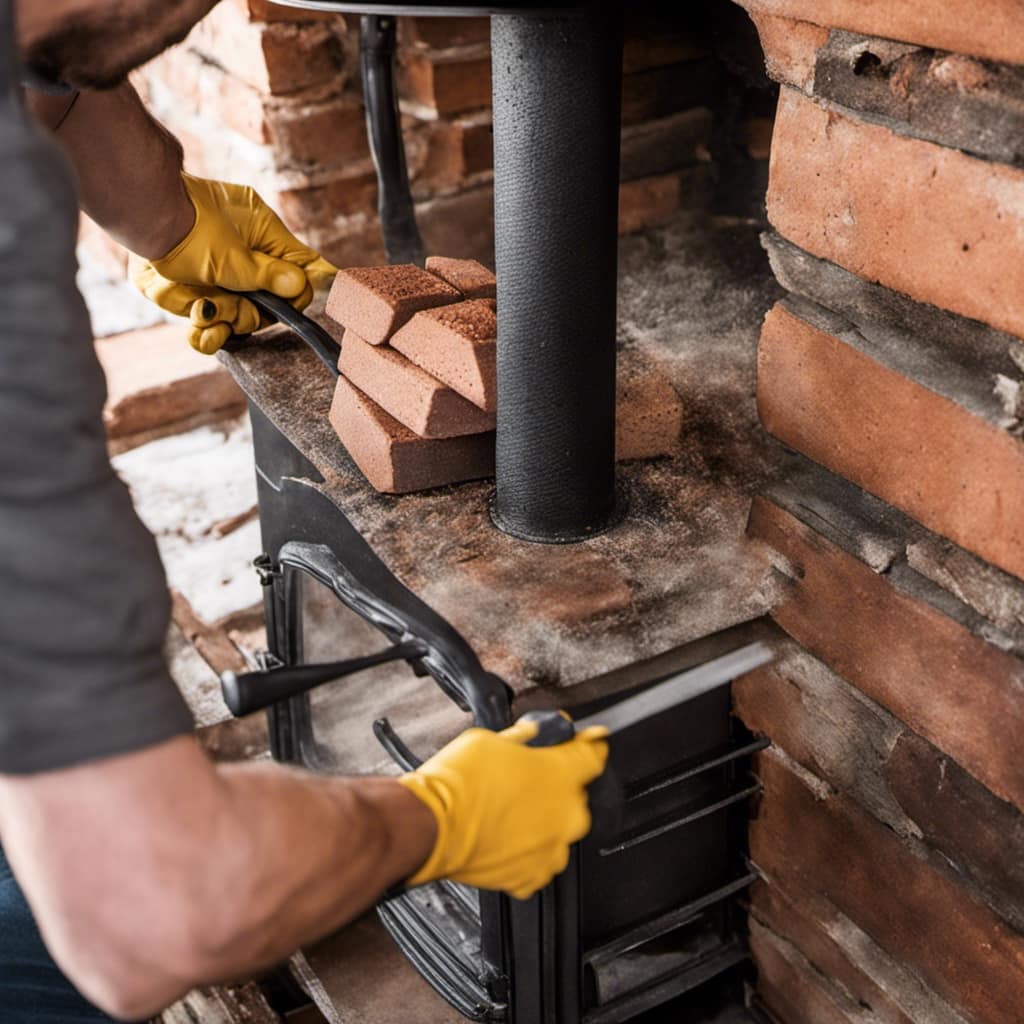
If cracks do occur, they can be repaired using specialized high-temperature epoxy or heat-resistant sealants. Regularly inspecting the stove and addressing any cracks promptly can help prolong its lifespan and ensure its safe operation.
Understanding Thermal Expansion and Contraction
Understanding thermal expansion and contraction can help prevent cracks in a wood stove. When a wood stove is exposed to high temperatures, the metal components expand, and when it cools down, the metal contracts. These temperature fluctuations can cause significant stress on the stove, leading to cracks and other damage.
Insulation plays a crucial role in preventing wood stove cracking. It acts as a barrier, reducing heat transfer to the surrounding areas. By minimizing heat transfer, insulation helps maintain a more stable temperature inside the stove, reducing the stress caused by thermal expansion and contraction.
Proper insulation can significantly extend the longevity of a wood stove by preventing cracks and other forms of damage that can compromise its structural integrity.
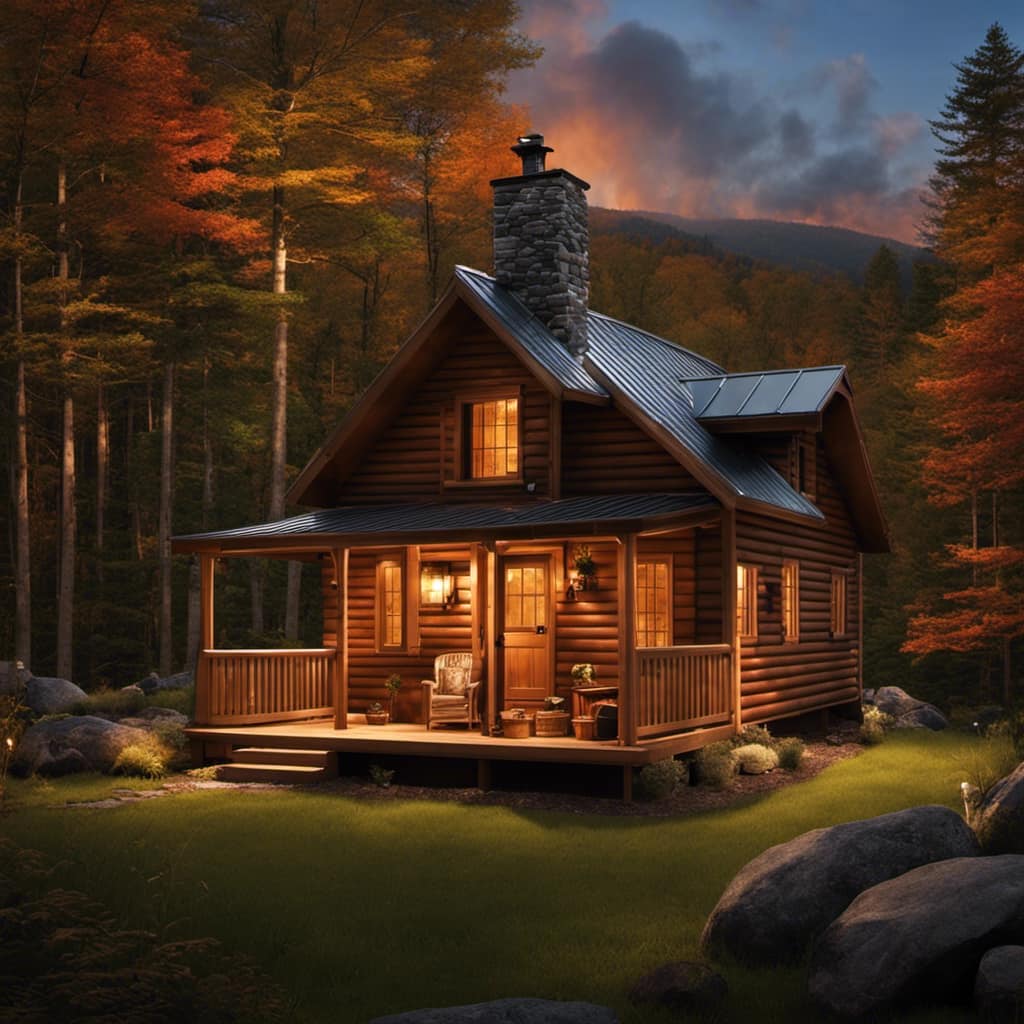
Effect of Overfiring on Wood Stove Cracks
Overfiring the wood stove can lead to multiple cracks in the metal components. This occurs when the stove is operated at a temperature higher than its recommended limit, causing excessive heat and stress on the materials. Understanding the effect of overheating on the wood stove lifespan is crucial for maintaining its efficiency and safety.
Here are three signs of wood stove cracks to look out for:
Visual cracks: Inspect the stove’s exterior for visible cracks or gaps in the metal. These may appear as hairline fractures or larger openings.
Smoke leakage: If you notice smoke escaping from areas other than the designated vents or chimney, it could indicate cracks in the stove.
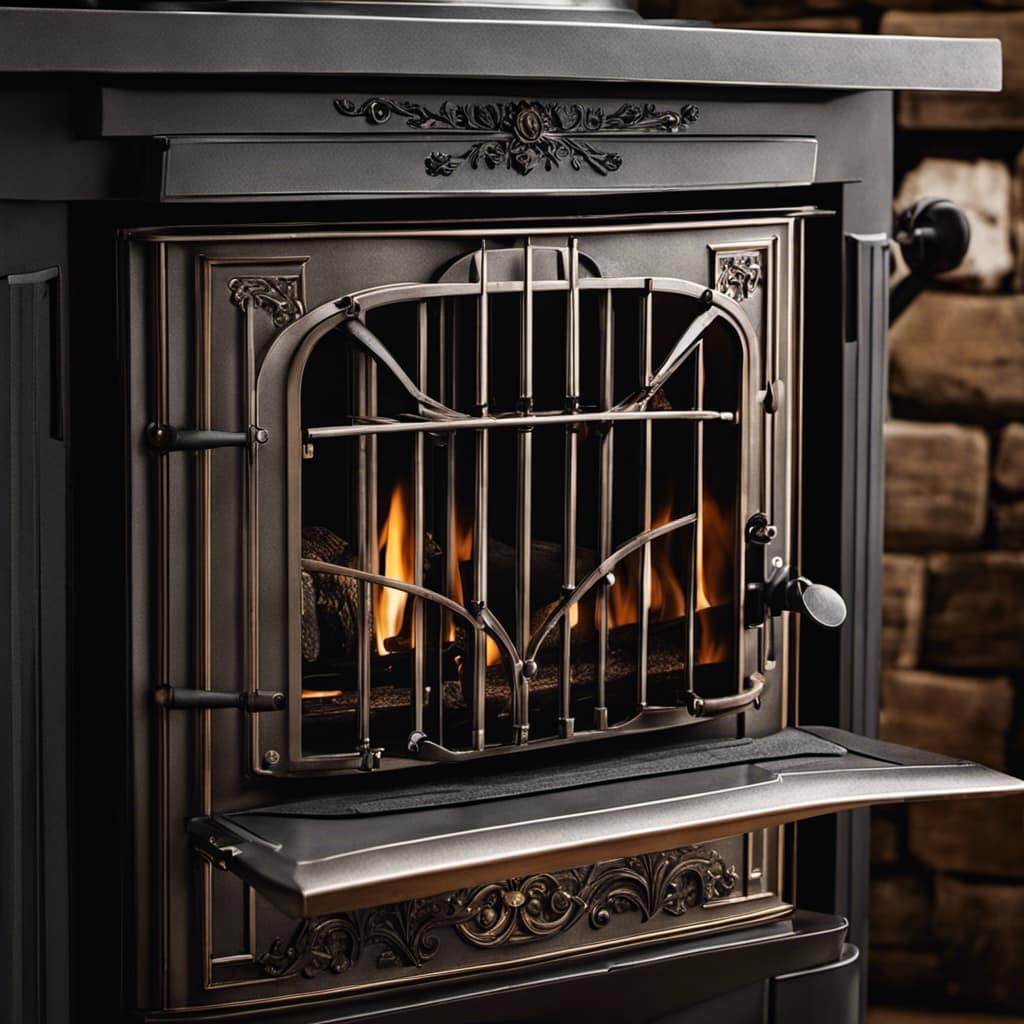
Reduced performance: A cracked wood stove may not heat up as efficiently or produce consistent warmth. If you notice a decrease in its heating capacity, it’s important to inspect for potential cracks.
Regular maintenance, proper operation, and monitoring can help prevent overfiring and extend the lifespan of your wood stove.
Does Cracking the Door on an Englander 1800 Sf Wood Stove Cause it to Crack?
Cracking the door on an Englander 1800 wood stove can cause it to crack over time. The intense heat and constant use can weaken the door‘s structure, leading to potential cracks. It’s important to handle the door gently and avoid any sudden impacts to prevent damage. Regular maintenance can also help prolong the door’s lifespan.
Importance of Proper Wood Stove Installation
During my research, I discovered that the importance of proper wood stove installation can’t be overstated. When it comes to wood stove safety and efficiency, installation plays a crucial role. Proper installation ensures that the stove operates efficiently, minimizing the risk of fire hazards and carbon monoxide leaks.
One key aspect of installation is ensuring that the stove is correctly positioned and vented. This helps to prevent smoke and harmful gases from entering the living space.
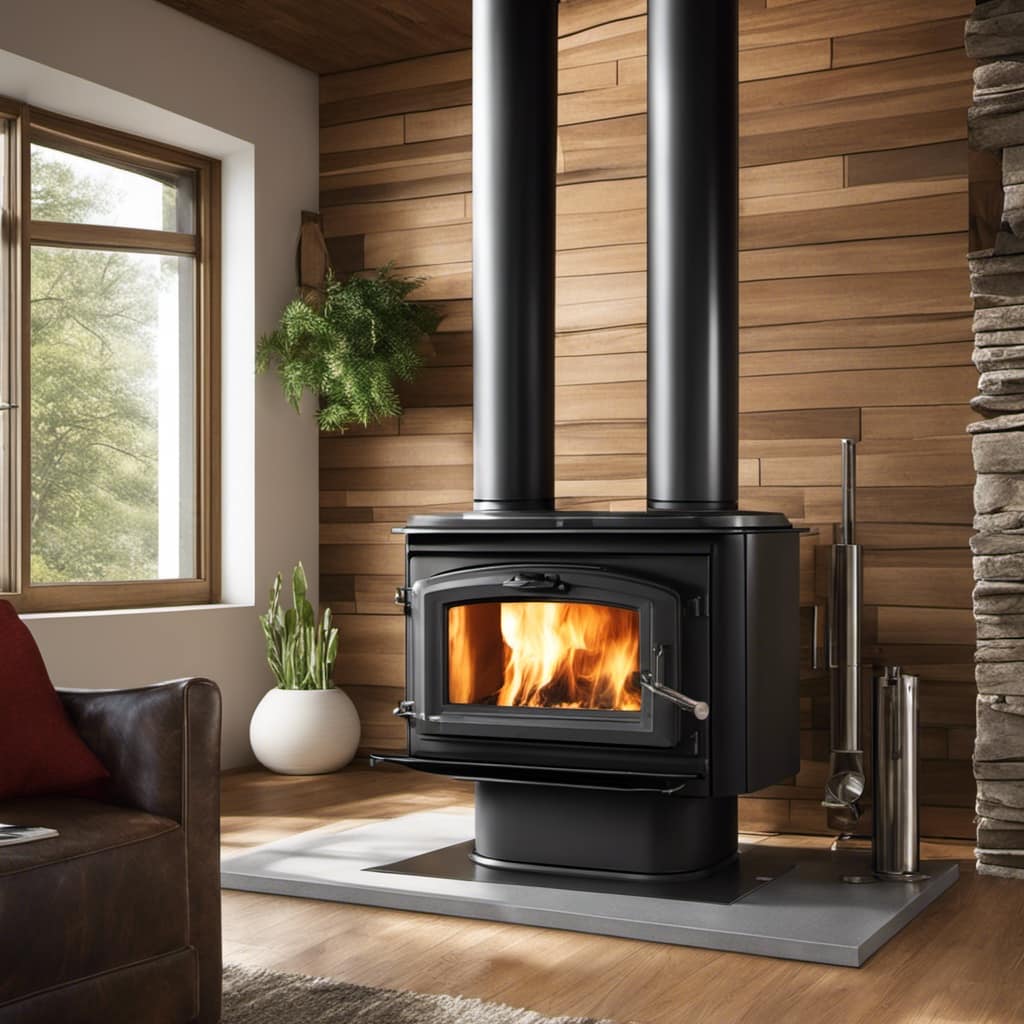
Additionally, it’s crucial to use the right type of wood for your wood stove. Using seasoned hardwoods, such as oak or maple, is recommended as they burn more efficiently and produce less smoke.
Regular maintenance is also essential in ensuring the longevity and efficiency of your wood stove. Cleaning the chimney, inspecting and replacing gaskets, and checking for any signs of damage are all part of regular maintenance.
Tips for Preventing Wood Stove Cracking
I have found that regularly inspecting and properly seasoning the wood I use, as well as avoiding overloading the stove, are effective tips for preventing wood stove cracking.
Here are three important tips for maintaining your wood stove and preventing cracking:
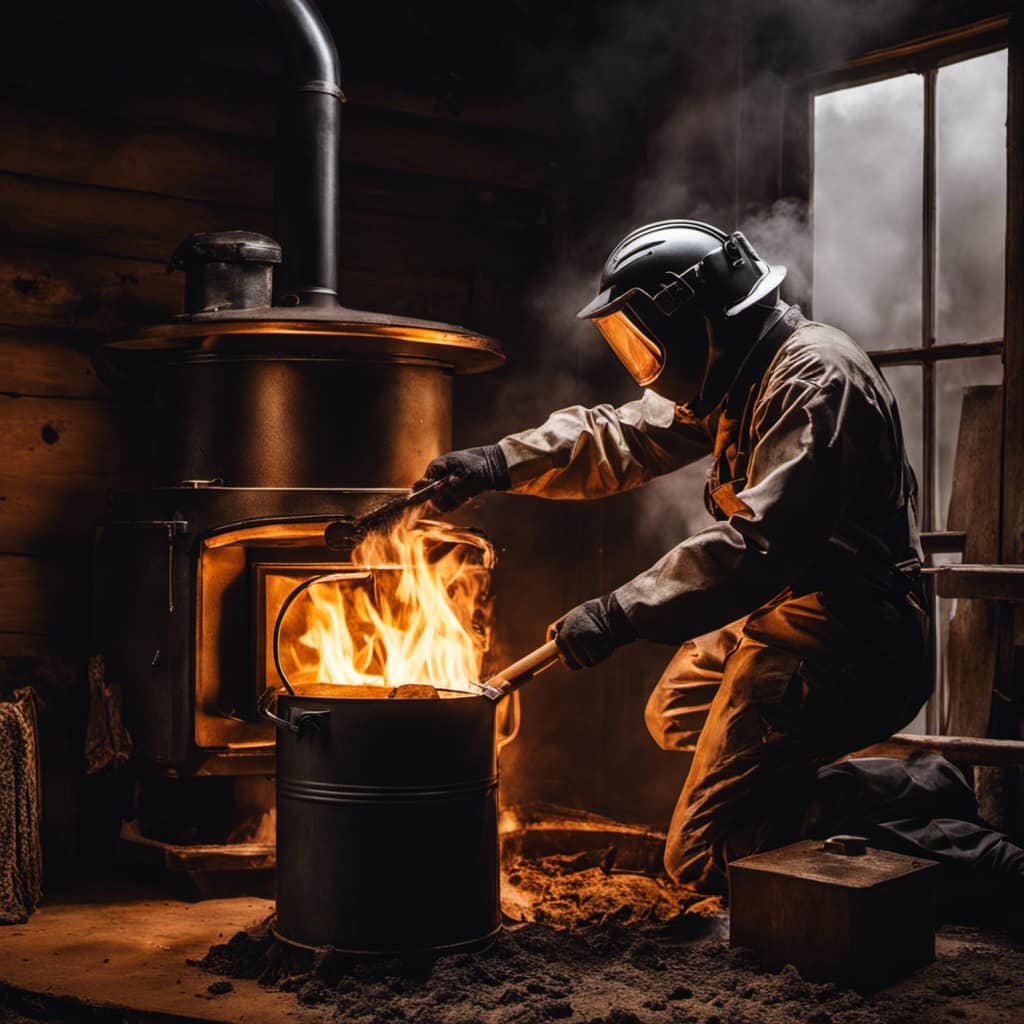
Inspect your stove regularly: Regularly check for any signs of wear and tear, such as cracks or gaps in the stove body or door. Pay attention to the hinges, handles, and gaskets, as they can also deteriorate over time.
Properly season your wood: It’s crucial to use properly seasoned firewood to minimize the risk of cracking. Seasoned wood has a lower moisture content, which reduces the amount of steam produced when burned, thus preventing excessive heat and stress on the stove.
Avoid overloading the stove: Overloading the stove with too much wood can cause the temperature to rise rapidly, leading to thermal stress and potentially causing cracks. Follow the manufacturer’s guidelines for the maximum recommended wood load.
Conclusion
In conclusion, it’s important to understand the common causes of wood stove cracking, such as thermal expansion and overfiring. Proper installation is crucial to prevent these cracks from occurring.

However, it’s worth noting that even with the best installation practices, some cracking may still occur due to the natural properties of the materials used.
By following these tips and ensuring regular maintenance, homeowners can minimize the risk of wood stove cracking and enjoy the warmth and comfort it provides for years to come.
Growing up surrounded by the vast beauty of nature, Sierra was always drawn to the call of the wild. While others sought the comfort of the familiar, she ventured out, embracing the unpredictable and finding stories in the heartbeat of nature.
At the epicenter of every remarkable venture lies a dynamic team—a fusion of diverse talents, visions, and passions. The essence of Best Small Wood Stoves is crafted and refined by such a trio: Sierra, Logan, and Terra. Their collective expertise has transformed the platform into a leading authority on small wood stoves, radiating warmth and knowledge in equal measure.









